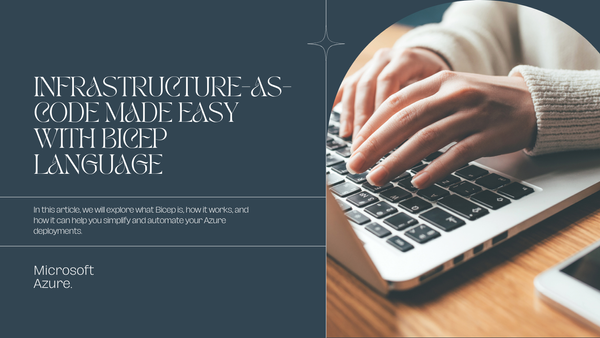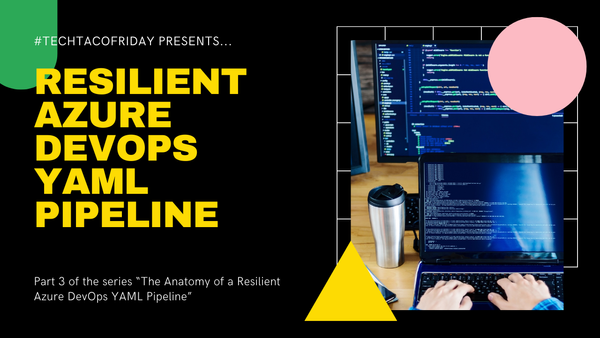
Orchestrate your Notebooks via Azure Data Factory
ADF simplifies the orchestration of Azure Databricks notebooks, streamlining your data workflows and ensuring efficient data processing.

ADF simplifies the orchestration of Azure Databricks notebooks, streamlining your data workflows and ensuring efficient data processing.

Learn how to use DevOps YAML pipelines to create artifacts from collections of Python files and effortlessly deploy them to Databricks workspaces. Gain insights into optimizing your workflow for efficiency and reliability, ensuring smooth transitions between environments

Azure Databricks SCIM allows you to sync users and groups from Azure Active Directory to Azure Databricks ensuring consistent access control across platforms and simplifying user provisioning and deprovisioning processes

AzDO Pipelines
Discover the power of BICEP in provisioning a robust Databricks workspace infrastructure, including the Azure Data Factory, Key Vault and Storage account; I'll use some PowerShell to configure RBAC permissions between resources and I'll show you how use the logging command task.setvariable

Databricks
On this series I'm going to show you how to provision your Databricks infrastructure with BICEP and to connect your workspace to Azure's Entra ID to manage users & groups. Furthermore, I'll show you how to deploy your notebooks across Environments with yaml pipelines and orchestrate with ADF

AzDO Pipelines
This would be our final leap forward where I will divide ADF components into two groups two groups: Core and Data-Product; I'll explain why I think this is a good approach for enterprise scale setups where you might have a team dedicated to provide infrastructure services.

AzDO Pipelines
This would be a leap forward from publishing a Full ARM into a Selective Deployment of Components, I'll introduce Azure DevOps Marketplace and show you how to install the extension Deploy Azure Data Factory (#adftools) created by Kamil Nowinski and step-by-step how to configure our ADF.

AzDO Pipelines
I'll show step-by-step how to configure the The new CI/CD flow described by Microsoft and explain what in which cases I recommend you to use this simplistic, yet, powerful method; I'll also include some best-practices and recommendations.

Azure Data Factory
Understanding authoring modes is of particular importance when we are trying to get our ADF into a Continuous Integration and Delivery (CI/CD) flow, this is why I will start by explaining what are Live vs Git authoring modes and how the publishing cycle works.

Azure Data Factory
Adding ADF the ability to selectively deploy components will significantly enhance the flexibility and efficiency of your data integration processes by allowing you to deploy specific components based on your business needs.

BICEP
In this article, we will explore what Bicep is, how it works, and how it can help you simplify and automate your Azure deployments.

Embark on a journey from Classic to YAML pipelines in Azure DevOps with me. I transitioned, faced challenges, and found it all worthwhile. Follow to learn practical configurations and detailed insights, bypassing the debate on YAML vs Classic. Your guide in mastering Azure DevOps.